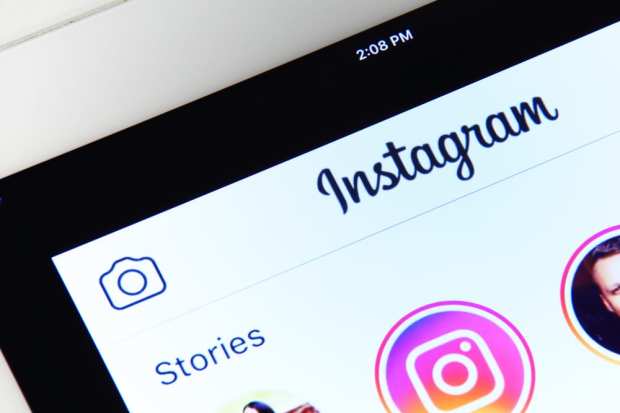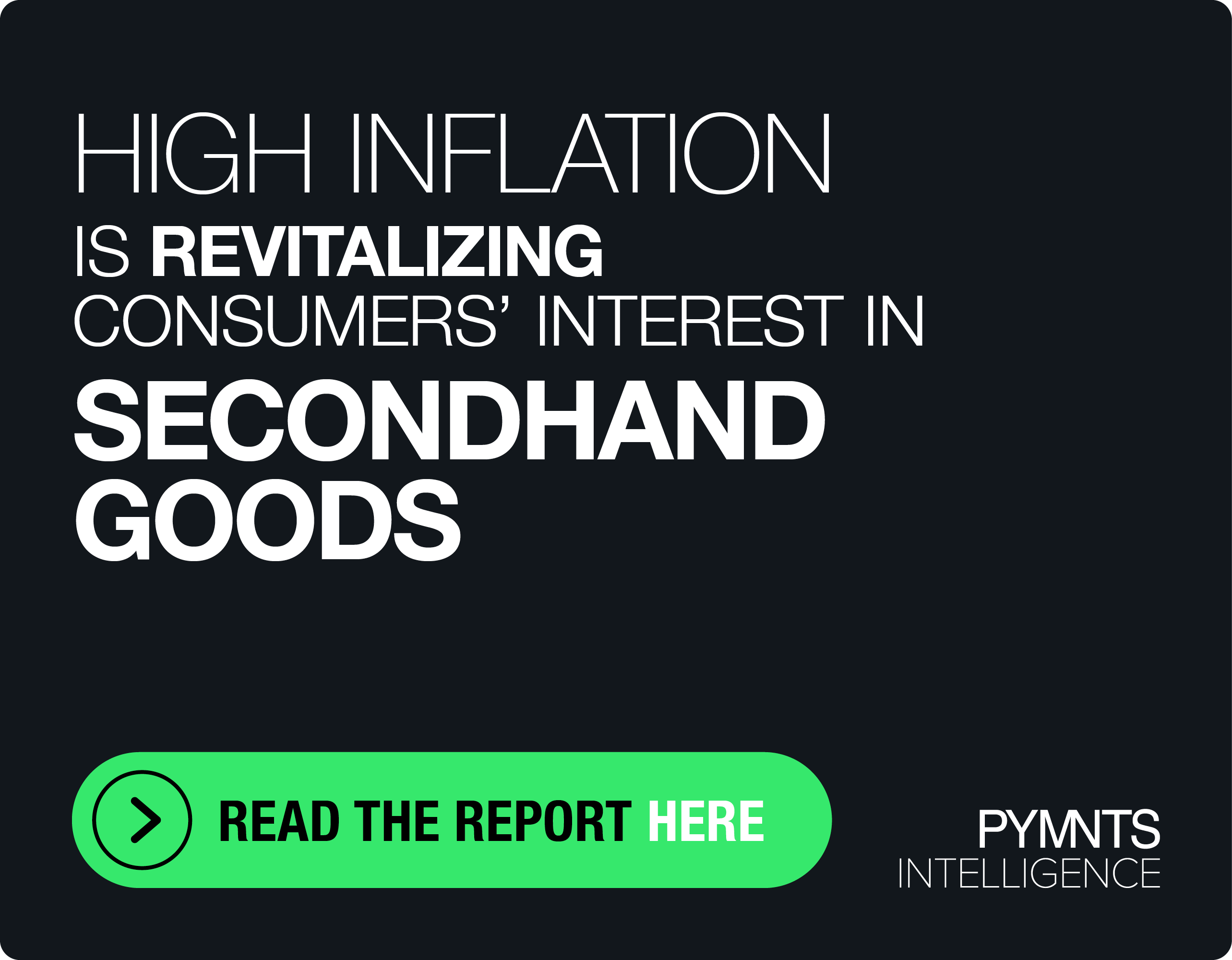Instagram’s High-Fashion Fakes Problem

Instagram has a counterfeit goods problem.
That is what the latest data from analytics firm Ghost Data strongly indicated, anyway, as its survey of the site has found it is becoming one of the internet’s favorite breeding grounds for the illegal sale of counterfeit fashion items. Particularly popular, according to the report, are Louis Vuitton, Chanel, Gucci, Nike, Fendi and Balenciaga-branded items.
And the problem appears to be deeply entrenched in Instagram and its influencer-centric commerce culture. According to Ghost’s data, 20 percent of all fashion posts on the site feature at least one counterfeit item, and the study was able to find at least 50,000 accounts either promoting or directly selling counterfeit goods. That is a 171 percent increase from Ghost’s 2016 analysis.
The uptick, according to the report’s authors, is a direct result of Instagram’s explosion as a commerce channel in its own right over the last 24 months. That progress toward additional eCommerce functionality is likely to progress, according to the survey.
“With 130 million monthly active users tapping Instagram’s product tags on shopping posts, it’s no wonder that Instagram wants to be your mall. However, these developments will inevitably exacerbate a widespread problem: A broader production of counterfeit products and fake luxury goods,” the survey authors wrote.
And counterfeit Instagrammers, according to the report, are a very active group. Thus far, they’ve created 65 million posts, and collectively create about 1.6 million Instagram stories per month.
“And most fake accounts selling counterfeit merchandise usually upload a large quantity of posts every day, resulting in a chaotic and negative user experience,” the report stated.
Global counterfeiting is a big business, worth about $1.2 trillion every year. And, according to the 2018 Global Brand Counterfeiting Report, luxury fashion brands are a favored target. Globally, the industry loses $30.3 billion per year to fake online sales. And apart from the revenue drain on brands and the potential damage to their public image, counterfeiting is the sideline business of some pretty nasty groups of people, including terrorist cells and organized crime rings.
And while the information from Ghost Data indicates that Instagram is now the latest digital commerce platform to have a problem with fake goods, the site is hardly alone in this issue. Last year, federal investigators purchased counterfeit products from virtually every major eCommerce marketplace: Amazon, Walmart, eBay, Newegg and Sears all had fakes listed, ranging from makeup to mugs to Air Jordan shoes.
Outside the U.S., the situation is often much worse. Marketplaces owned by Chinese eCommerce giant Alibaba have counterfeiting issues so severe that the International Anti-Counterfeiting Coalition (IACC) nearly ripped itself apart two years ago when Alibaba tried to join. In April, the U.S. Trade Representative’s Office (USTR) placed Chinese eCommerce site Pinduoduo.com on a blacklist for being involved in copyright infringement and counterfeiting, according to a report from Reuters.
A little over a month ago, Amazon rolled out Project Zero to more actively fight the counterfeiters camping out on their marketplace and evict them before they could do damage by making sales.
“Project Zero, with its automated protections and the self-service removal of counterfeit products, is a significant development that will help ensure our customers receive authentic … products from Amazon,” said Mark Dely, chief legal and administrator officer at Vera Bradley.
But, the report noted, social media – with its reliance on navigation tools like hashtags – provides an easier environment for counterfeiters to hide openly. Stories have also been popular, because they only exist for 24 hours at a time, making it hard to find and flag them.
In an email to Vox, an Instagram spokesperson noted that the sale of counterfeits on the site is illegal, and that the company works hard to keep them off the platform.
“We want our community to have great experiences with businesses on Instagram, and we take IP rights, including issues around counterfeiting, very seriously,” Instagram told Vox in a statement. “We have a strong incentive to aggressively remove counterfeit content and block the individuals responsible from our platform. We have devoted more resources to our global notice-and-takedown program to increase the speed with which we take action on reports from rights owners. We now regularly respond to reports of counterfeit content within one day, and often within a matter of hours. Additionally, we continue to proactively fight against bad content, including content that may offer counterfeit goods, with sophisticated spam detection and blocking systems. Because many counterfeiters try to promote their services through spammy behavior, we’re able to quickly remove this type of content, even without a report.”
But despite Instagram’s best efforts, for now the counterfeiters keep coming, and in increasing numbers. And, as Checkout With Instagram more fully cements the site’s evolution into a social commerce platform, it is a problem it seems they will have to invest in fully reversing.
